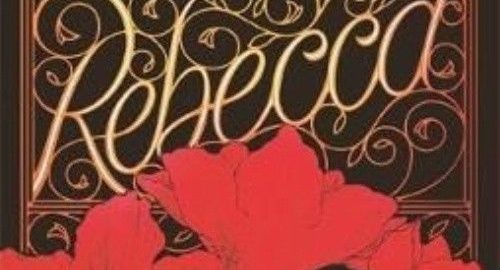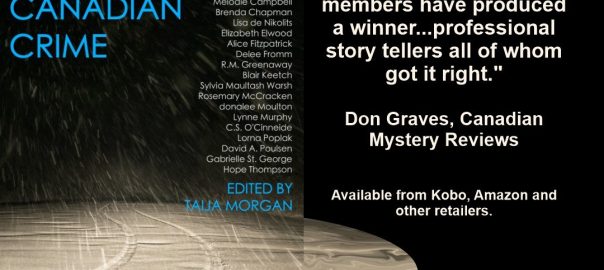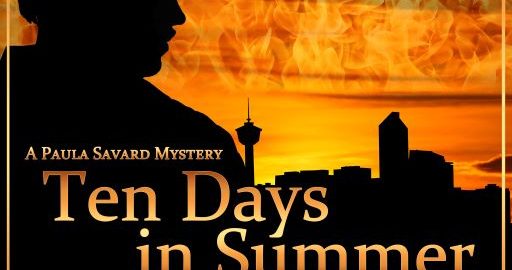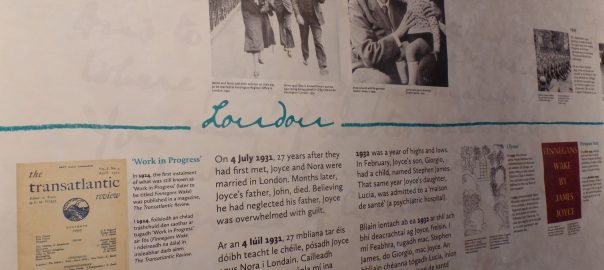My book club chose the classic novel Rebecca by Daphne du Maurier for our October meeting. This was the third time I’d read the book. I’ve loved it each time for slightly different reasons.
I was in my twenties when I first read this story of a young woman who marries a wealthy older man she meets on a holiday in Monte Carlo. His late wife, Rebecca, looms larger-than-life and haunts the tale from beginning to end. Gradually the story builds to a series of plot twists. I didn’t see any of them coming, yet I instantly recalled clues the author had planted along the way to make the surprises completely believable. The only author I’ve read who did this almost as well was Agatha Christie. Literary writers often dismiss such twists as mere plot. In Rebecca, every twist is embedded in character. If the story narrator, her husband Maxim, Rebecca, and all of the secondary characters had been different people, the story and twists wouldn’t have happened exactly as they did.
About twenty years later, I started writing mystery novels. Whenever the subject of favourite books came up, I’d say that I couldn’t choose my favourite as a reader, but Rebecca was the novel I wished I’d written, mainly for the author’s handling of surprise. Perhaps this prompted me to read Rebecca a second time. By then, I’d seen several movie versions and remembered all the twists, but I still found myself gripped by the suspense of what was to come. Fans will recall a scene where the narrator breaks a valuable figurine. As the narrator struggles to cover her action up, I was on the edge of my seat, worried for this sympathetic character.
This third time reading Rebecca, I was mainly drawn in by du Maurier’s writing. The novel struck me as a cross between two other classics written by women, Jayne Eyre by Charlotte Bronte and Pride and Prejudice by Jane Austen, with mystery and suspense thrown into the mix. Rebecca features the grand passion and gothic qualities of Bronte’s story, with subtle Austen-like touches of social observation and humour. All three books are about women who fall in love with men who are far superior to them in wealth and social status. I interpret each of the stories as showing how the woman becomes the man’s equal. Perhaps this partly explains why these novels resonate with modern readers.
In addition, on third reading, I realized that Rebecca contains a number of life lessons, about such things as not making assumptions about other people, assuming you know what they are thinking, and speaking out for yourself. In middle age, I read a popular book on cognitive therapy, which is commonly viewed as the most effective psychotherapy method. Everything in the book was already there in Rebecca. I wonder if this is why I easily grasped the therapy concepts and if, subconsciously, I applied them to my life after reading Rebecca when I was young.
Our book club discussion leader also brought up some modern interpretations of Rebecca that I hadn’t heard before. Maybe I’ll grasp them if I read the novel a fourth time. You can dive into Rebecca forever it seems and surface with something new.
When I reached the end of the novel last month, for the third time, I decided to go out on a limb say, Rebecca isn’t only the book I wish I’d written, it’s my favourite novel ever. Admittedly, I’m the only member of my book club who rated it this high. A couple of people didn’t like it. Others had mixed feelings. A surprising number hadn’t read the book before. Nobody predicted the twists on their first time. Rebecca is worth reading for that reason alone, and for so many more


















